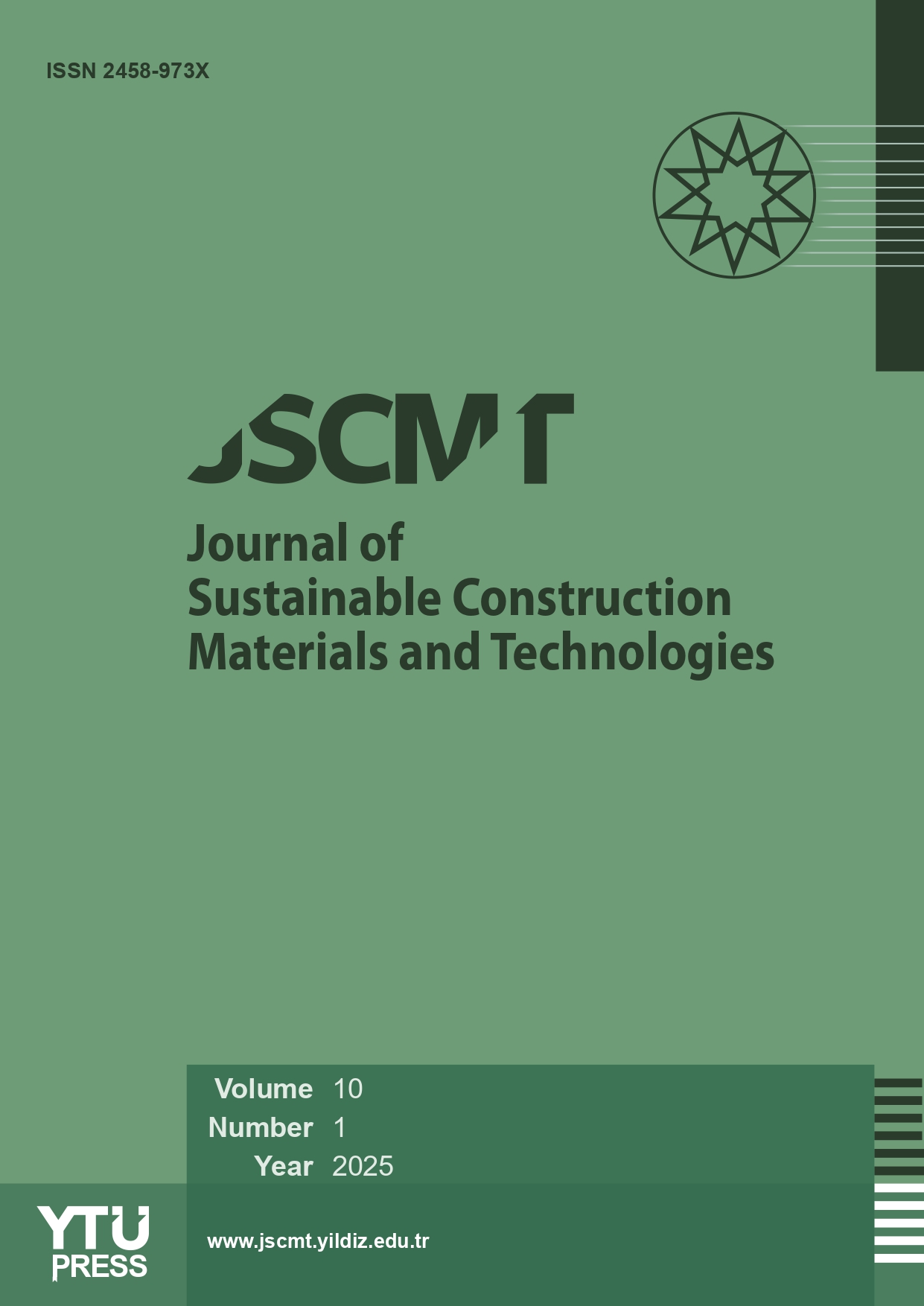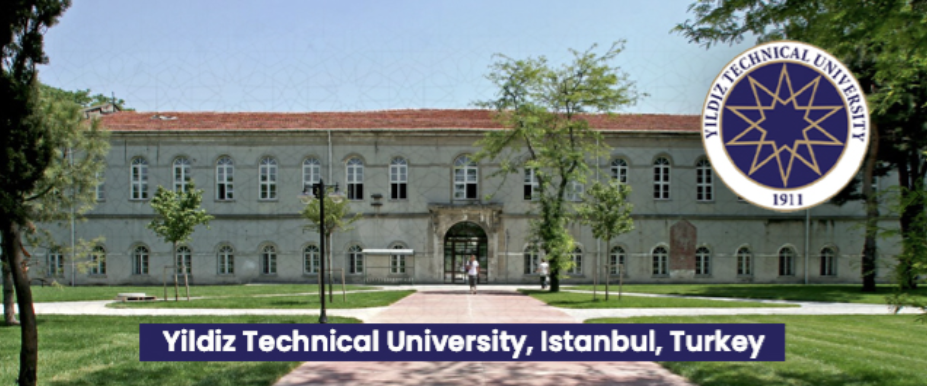2Department of Civil Engineering, Düzce University, Düzce, Türkiye
Abstract
Geopolymers have advantages such as good high-temperature, acid and sulfate resistance. Recently, researchers have been working on cement-geopolymer hybrid materials. According to these studies, it is possible to adjust the setting times, to gain strength at ambient temperature and to increase the strength with the use of cement. However, it is known that the structural stability of cement deteriorates at high temperatures, lowering its strength. In this study, the effect of slaked lime and cement inclusion on the strength and high temperature resistance of Class F and Class C fly ash-based geopolymer mortars was investigated. For this purpose, fly ash was replaced with 10, 20 and 30% cement or 5, 10, 20 and 30% slaked lime. The lime and cement substitutions decreased the compressive strength by 8.9–24.4% in Class F fly ash-based geopolymer mortars. In Class C fly ash, however, the cement addition increased the compressive strength up to 46.6%, but the lime inclusion decreased the strength slightly. There was no significant change in the high-temperature resistance of cement or lime-included Class F fly ash geopolymer mortars exposed to 900°C. However, serious decrease was recorded in the high-temperature resistance of Class C fly ash geopolymers upon partial replacement of the fly ash with either cement or lime.
















